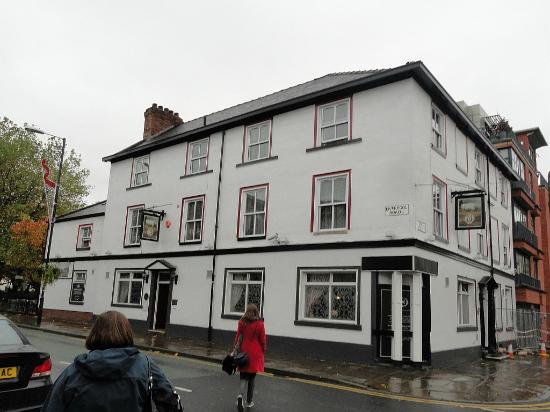The Woodmans Hut beerhouse sat in between the Sheffield Arms and Moulders Arms on this part of Great Ancoats Street between the Rochdale Canal and the Retail Park. It's thought it opened a couple of years after the Sheffield Arms shut in 1840. Thomas Bake was the beerhousekeeper in 1845 and it was last mentioned in the directory in 1869. An 1849 advert describes the Woodmans as "commodious and eligible for carrying on an eating-house together with the beer trade [1]." A significant-sounding meeting was held here in 1846: "A meeting of delegates from the Short Time Committee of Lancashire and Cheshire was held at the Woodmans Hut, January 24th 1846, at which petitions were set of foot praying for a Ten Hours Factory Bill for five days in the week and eight hours on Saturday [2]."
1. The Old Pubs of Ancoats, Great Ancoats Street (1987).
2. The Annals of Manchester: A Chronological Record From the Earliest Times to the End of 1885, William E. A. Axon (year unknown).


















































